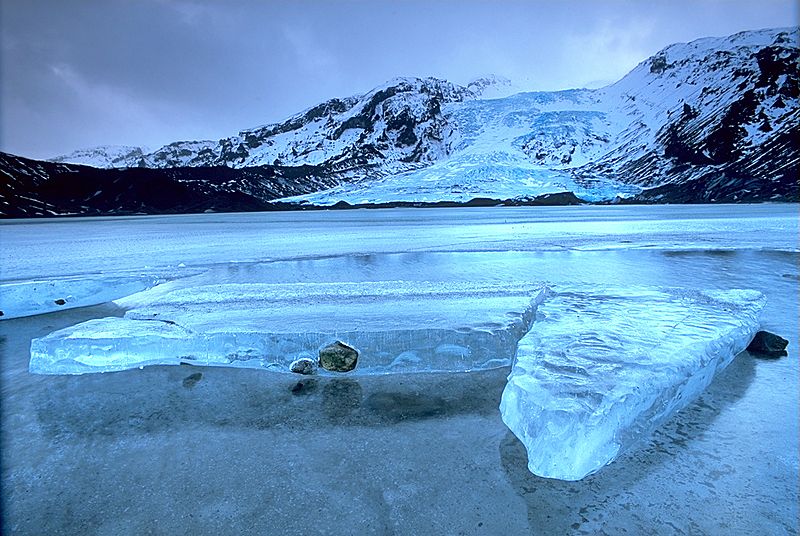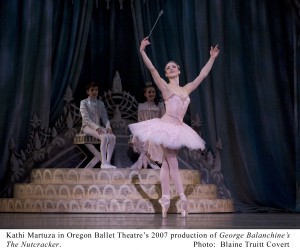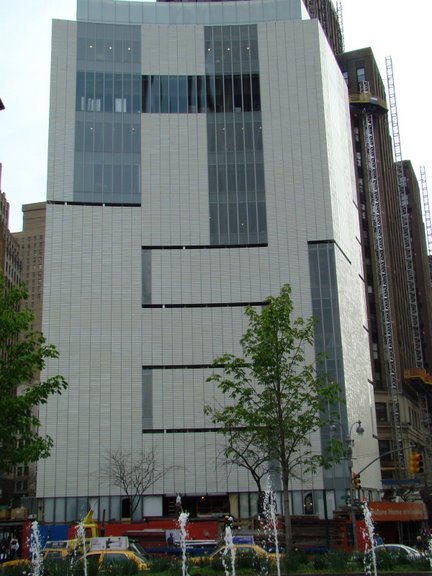Now Chriftmas comes, ’tis fit that we
Should feaft and fing, and merry be
Keep open Houfe, let Fiddlers play
A Fig for Cold, fing Care away
And may they who thereat repine
On brown Bread and on fmall Beer dine(Virginia Almanack, 1766)
I have discovered, of late, a dangerous aisle at Powell’s City of Books. More accurately, I have discovered the center of an aisle, in the cookbook section, beyond the volumes by celebrity chefs (where, among the Paula Deens and Mario Batalis and the occasional Peg Bracken I Hate To Cook Book you can sometimes find an old copy of one of Vincent and Mary Price’s grand collections of old American recipes or recollections of their adventures in great world restaurants) and before you hit the Great Big Collections of Foolishly Complex Recipes From Famous Magazines.
Here, in the middle, is a small row of shelves labeled collectors books (aren’t all books in a bookstore for collectors?) and on the shelves sit a continuously rotating selection of scruffy old volumes. Some are from the beginning of the last century and most are of little consequence but every now and again the shelves yield a true find for anyone interested, as I am, in the history of foodways and its interconnection wth the daily life of the past. It was here I found, not long go, the daftly entertaining 1938 Cheddar Gorge: A Book of English Cheeses, edited capriciously by Sir John Squire and peppered with delicious illustrations by Ernest H. Shepard.
More to the seasonal point, here is where I found The Williamsburg Art of Cookery, or, Accomplifh’d Gentlewoman’s Companion: Being a Collection of upwards of Five Hundred of the moft Ancient & Approv’d Recipes in Virginia Cookery, a 1966 reprinting of a book originally copyrighted in 1938, which was itself a collection with commentary of receipts and reminiscences from the 1600s to the mid-1800s. This is where I found the quote from the Virginia Almanack at the top of this post. And it’s where I found this report, filed by “Monfieur Durand, a Frenchman journeying through Virginia in the Chriftmas holiday Seafon in 1686″:
We were now approaching the Chriftmas Festival. Milor Parker was, as I have faid, a Roman Catholic … He wifhed now to pafs Chriftmas Day in Maryland, and as we were only five or fix Leagues diftant and had no Defire to leave him, it was agreed that all fhould go to fpend the Night with Colonel Fitzhugh, whofe Houfe is on the Shore of the great River Potomac …
Mr. Wormeley is fo beloved and efteemed in thefe Parts that all Gentlemen of Confideration of the Countryfide we traverfed came to meet him, and, as they rode with us, it refulted that by the Time we reached Col. Fitzhugh’s we made up a Troop of 20 Horfe. The Colonel’s Accomodations were, however, fo ample that this Company gave him no Trouble at all; we were all fupplied with Beds, though we had, indeed, to double up. Col. Fitzhugh fhowed us the largeft Hofpitality. He had Store of good Wine and other Things to drink, and a Frolic enfued. He called in three Fiddlers, a Clown, a tight rope Dancer and an acrobatic Tumbler, and gave us all the Divertifement one could wifh. It was very cold but no one thought of going near the Fire becaufe they never put lefs than the Trunk of a Tree upon it and fo the entire Room was kept warm.
As your guests plow through the Great Blizzard of Aught Eight to get to your holiday table, may your fiddlers and clown and dancer and tumbler also arrive safely and happily. Even if it takes them 20 Horfe to get there.











